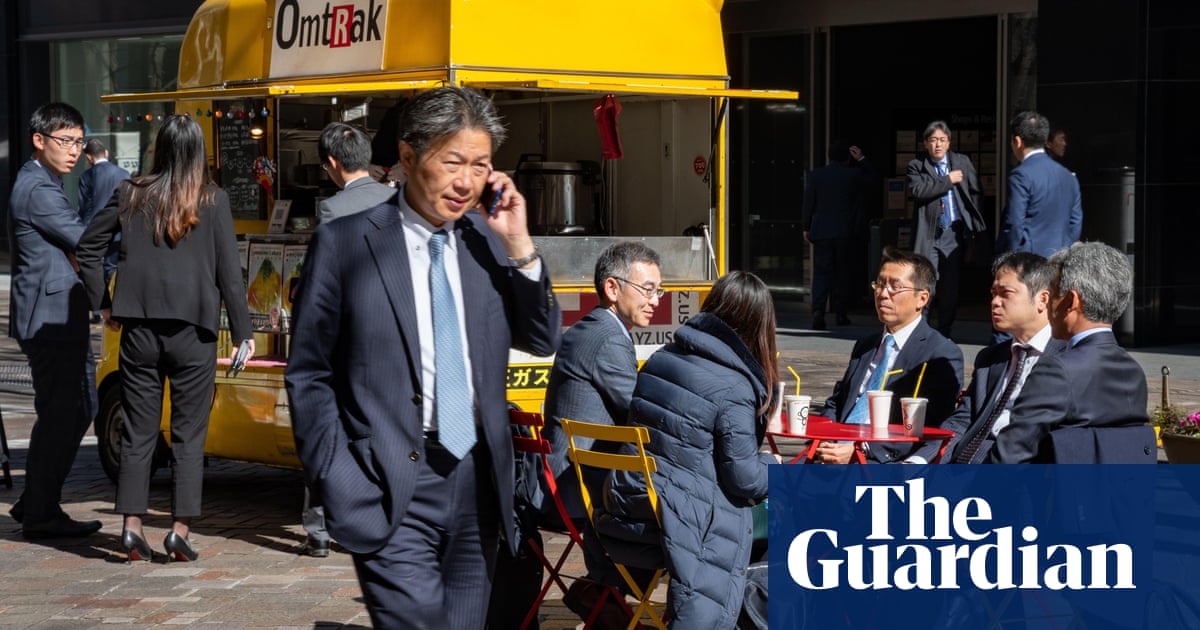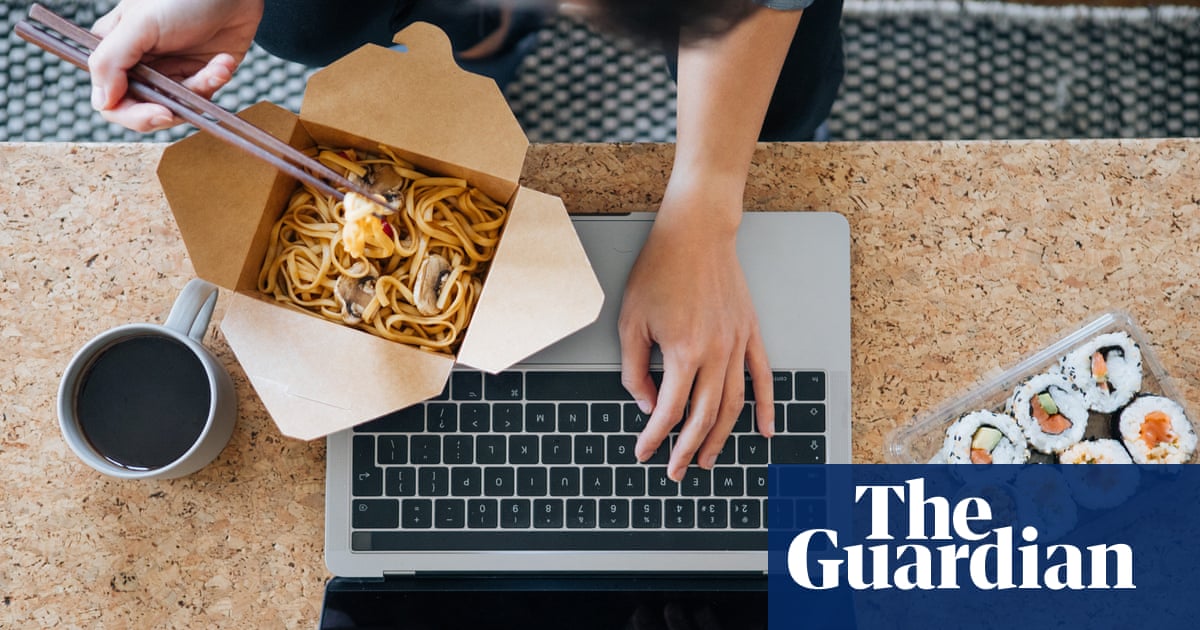
Even in a city of tens of thousands of restaurants, including a large number with Michelin stars, is it really possible in Tokyo to spend as little as ¥500 (£2.60) a day on lunch without eating the same modest meal day in, day out?
The answer, according to increasingly cash-strapped office workers in the Japanese capital, is a resounding yes.
After two decades of deflationary entrapment, Japan is being forced to acclimatise to rising prices as a result of the war in Ukraine, supply chain issues and the lingering effects of the Covid-19 pandemic. While it has been spared the worst of the soaring inflation rates that have afflicted other leading economies, households have still been forced to tighten their belts.
That means leaner times for legions of sarariman – male office workers who habitually eat near their places of work at lunchtime, perhaps saving the lion’s share of their monthly allowance for obligatory afterwork drinks with colleagues.
There was a sharp intake of breath in 2021, when surging prices of imported beef forced the gyudon beef bowl chain Yoshinoya to raise the price of its regular-sized dish – a salaryman staple – for the first time in seven years.
Yet even at today’s higher prices, the dish can be had for a mere ¥468.
Given the world’s third-biggest economy continues to grapple with a cost of living crisis in which more than 30,000 food items have risen in price in the past year, it is hardly surprising that frugality is topping the lunchtime menu of more salaried workers.
In a survey last year by the Tokyo-based social lending service Lendex, nearly half of salarymen aged in their 20s through to their 50s said they spent less than ¥500 a day on lunch. They included those who brought their own bento from home, but also a sizeable proportion, 22.6%, who settled for a “one-coin lunch” to get them through the afternoon.
Another survey by the Japan unit of Edenred, a payment service provider, found that about 40% of male and female office workers had reined in their lunch expenses, while almost 70% said they had denied themselves their favourite dishes to save money.
In a show of solidarity, the Guardian scoured the streets of one part of the capital over the course of a working week, setting itself the challenge of eating at a different restaurant each day, while avoiding supermarket delicatessens and convenience stores – popular destinations for the lunch crowd.
What the meals lacked in fruit and vegetables – gyudon, a gyoza set lunch, ramen, soba noodles and, to finish, a Japanese curry – they made up for in value for money.
All met the sub-¥500 criteria, even after adding 10% consumption tax, and were generous enough to keep the most enthusiastic eaters – this writer included – satisfied until dinnertime.












